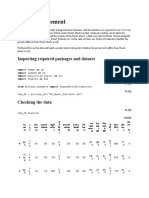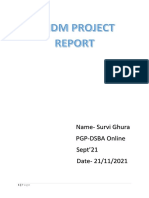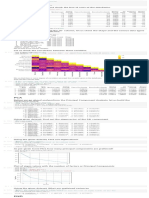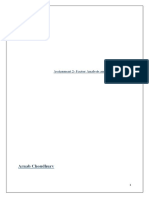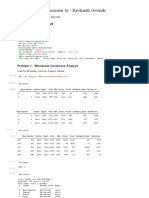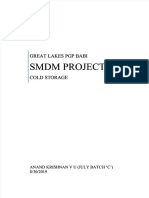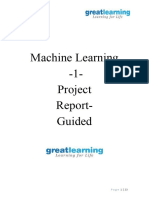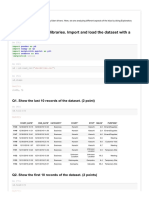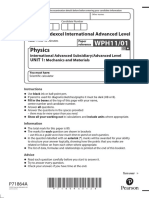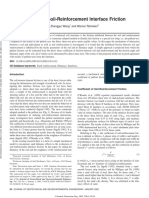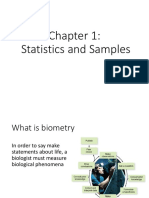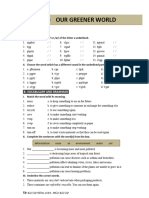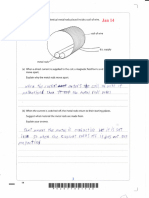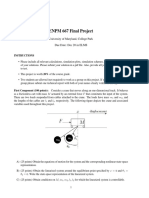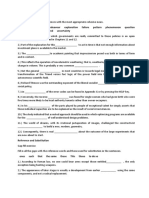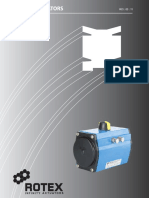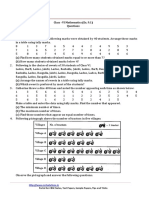0% found this document useful (0 votes)
163 views6 pagesPYF Project LearnerNotebook LowCode
The document outlines a data analysis project for FoodHub, a food aggregator app, focusing on the increasing demand for restaurant delivery services in New York. The analysis aims to answer key questions regarding customer orders, restaurant performance, and delivery metrics using a provided dataset. It includes detailed instructions for data manipulation, exploratory analysis, and visualization to enhance customer experience and improve business strategies.
Uploaded by
Aizaz AliCopyright
© © All Rights Reserved
We take content rights seriously. If you suspect this is your content, claim it here.
Available Formats
Download as PDF, TXT or read online on Scribd
0% found this document useful (0 votes)
163 views6 pagesPYF Project LearnerNotebook LowCode
The document outlines a data analysis project for FoodHub, a food aggregator app, focusing on the increasing demand for restaurant delivery services in New York. The analysis aims to answer key questions regarding customer orders, restaurant performance, and delivery metrics using a provided dataset. It includes detailed instructions for data manipulation, exploratory analysis, and visualization to enhance customer experience and improve business strategies.
Uploaded by
Aizaz AliCopyright
© © All Rights Reserved
We take content rights seriously. If you suspect this is your content, claim it here.
Available Formats
Download as PDF, TXT or read online on Scribd
/ 6









